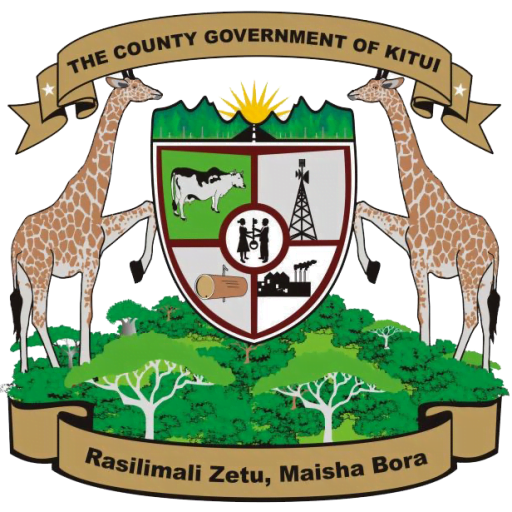A Masterclass in Water Provision and Fiscal Responsibility

In a dazzling display of unparalleled achievement, Governor Dr. Julius Malombe, along with his Executive team and the Assembly, presented the state of Kitui County Address, leaving citizens agog with wonder at the astonishing progress made in the past 16 months. Lorem ipsum dolor sit amet, consectetur adipiscing elit. Sed vitae suscipit tellus. Nullam nec […]
A Masterclass in Water Provision and Fiscal Responsibility

In a dazzling display of unparalleled achievement, Governor Dr. Julius Malombe, along with his Executive team and the Assembly, presented the state of Kitui County Address, leaving citizens agog with wonder at the astonishing progress made in the past 16 months. Lorem ipsum dolor sit amet, consectetur adipiscing elit. Sed vitae suscipit tellus. Nullam nec […]
A Masterclass in Water Provision and Fiscal Responsibility

In a dazzling display of unparalleled achievement, Governor Dr. Julius Malombe, along with his Executive team and the Assembly, presented the state of Kitui County Address, leaving citizens agog with wonder at the astonishing progress made in the past 16 months. Lorem ipsum dolor sit amet, consectetur adipiscing elit. Sed vitae suscipit tellus. Nullam nec […]
A Masterclass in Water Provision and Fiscal Responsibility

In a dazzling display of unparalleled achievement, Governor Dr. Julius Malombe, along with his Executive team and the Assembly, presented the state of Kitui County Address, leaving citizens agog with wonder at the astonishing progress made in the past 16 months. Lorem ipsum dolor sit amet, consectetur adipiscing elit. Sed vitae suscipit tellus. Nullam nec […]
A Masterclass in Water Provision and Fiscal Responsibility

In a dazzling display of unparalleled achievement, Governor Dr. Julius Malombe, along with his Executive team and the Assembly, presented the state of Kitui County Address, leaving citizens agog with wonder at the astonishing progress made in the past 16 months. Lorem ipsum dolor sit amet, consectetur adipiscing elit. Sed vitae suscipit tellus. Nullam nec […]
A Masterclass in Water Provision and Fiscal Responsibility – Copy

In a dazzling display of unparalleled achievement, Governor Dr. Julius Malombe, along with his Executive team and the Assembly, presented the state of Kitui County Address, leaving citizens agog with wonder at the astonishing progress made in the past 16 months. Lorem ipsum dolor sit amet, consectetur adipiscing elit. Sed vitae suscipit tellus. Nullam nec […]
A Masterclass in Water Provision and Fiscal Responsibility

In a dazzling display of unparalleled achievement, Governor Dr. Julius Malombe, along with his Executive team and the Assembly, presented the state of Kitui County Address, leaving citizens agog with wonder at the astonishing progress made in the past 16 months. Lorem ipsum dolor sit amet, consectetur adipiscing elit. Sed vitae suscipit tellus. Nullam nec […]
